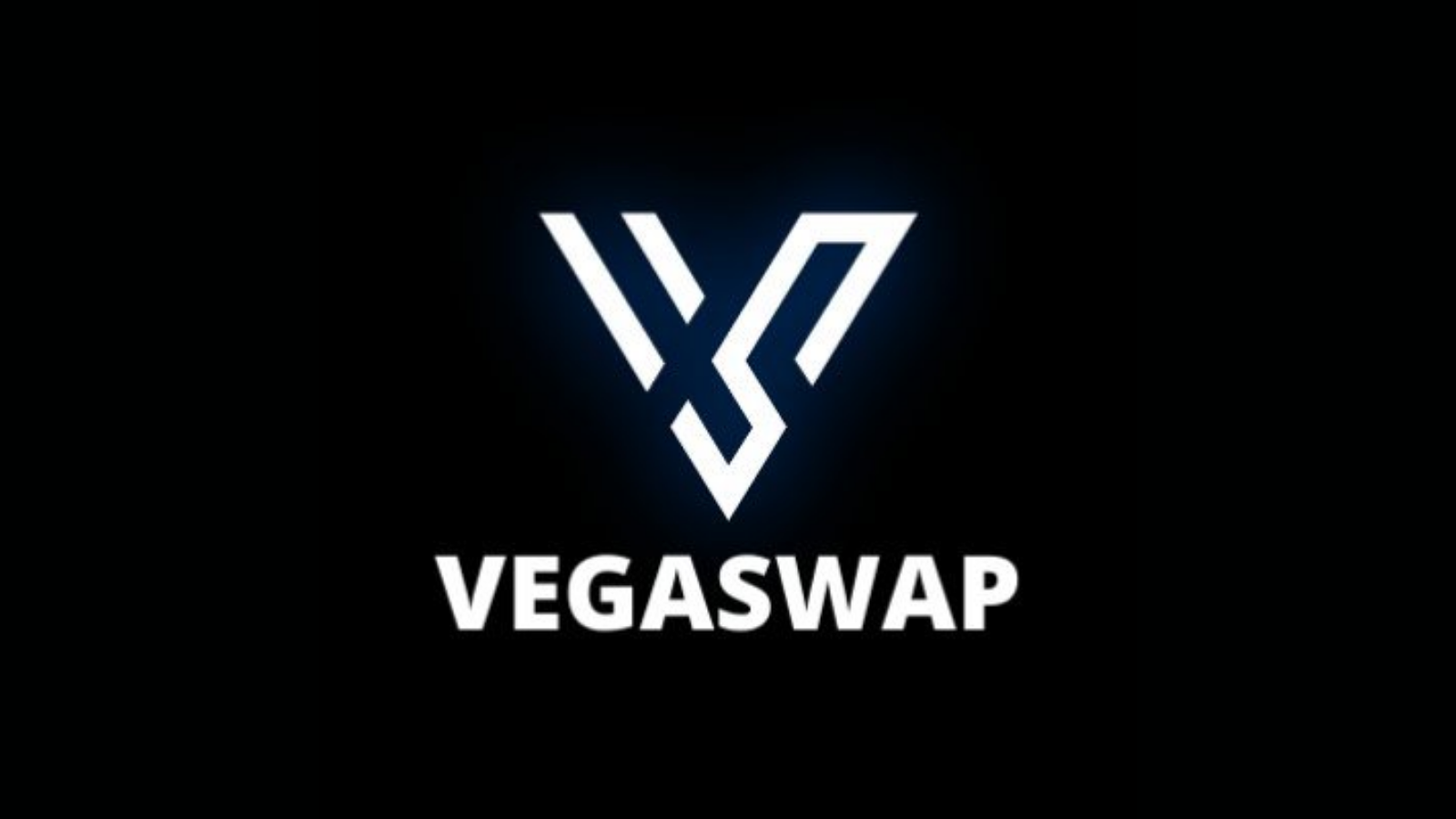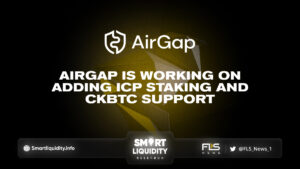Vegaswap is an AMM built with multi-chain in mind enabling a wide range of Defi and Cross-chain applications


About VegaSwap
Vegaswap is a novel AMM protocol which is built as a platform to enable a wider range of DeFi applications. Dynamic pricing allows the protocol to adapt to market conditions. The economics for market makers and takers are designed to allow for long term viability. Issues of Impermenant Loss are prevented through the dynamic fee model. Governance of the marketplace happens through the Vega governance token.
Automated market-making
An automated market-maker (AMM) is a protocol to enable users to swap between any two blockchain based assets. This system of smart contracts prices assets at any given time in a formula. Uniswap has proven succesfully the implementation of a constant product marketmaker.
Marketplace
The marketplace enables traders to swap assets. The marketplace contract keeps track of the pools that have been created and are available for trading. Vegaswap allows for different types of pools to exist, which have different features depending on the assets traded and the governance of the pool.
Market making pools
This mechanism was proposed so that there is positive feedback loop to bootstrap liquidity for a DEX. It is different from a liquidity pool in that there are human operators of the marketmaking fund and there needs to be a profit and loss calculation. These pools would operate more like hedgefunds. In this model the market-making is completely general as the MM can be fullfil any function. This approach has the drawback of adding a third party, the trading operator. Vegaswap is the combination of the AMM protocol with the MM pool, as it allows a certain flexbility of the pricing mechanism, but with a equal basis accounting – LPs earn fees on a percentage basis and the Profit-loss calculation is trivial.
AMM fees
Market-makers enable market-takers to speculate on the direction of the market. The price of the bet is the bid-ask spread. In uniswap the fees are statically encoded and not adaptive. This does not have to be the case. Dynamic fees would allow the market to adapt to changing dynamics as an orderbook pricing mechanism would. The fees are paid from the market takers i.e. participants taking directional positions to the liquidity providers i.e. the participants which supply capital are short vega.
Impermanent loss and arbitrage
Pools earn fees, but can lose on arbitrage. If the underlying assets are trading on a more performant central exchange arbitrageurs can expolit the pool continously. This can be considered as an extra fee or loss for the traders. Therefore the fees need to be generally higher to componensate for this. This means that the profit and yield from supplying capital is lower than it could be. The goal of the Vega protocol is to reduce loss from arbitrage and maximize the potential for the owners of the pool and Vega token holders.
Asset issuance pools
Trading of new tokens has fundamentally different charateristics than established ones. The volatility is much higher and the process of launching the market is different. Also for a new market, there is no arbitrage with Centralised exchanges, which makes the AMM the sole source of price discovery. In the case of a launch it is also important who creates the pool as the creators of the tokens will want to define the conditions under which the token is traded. (with a pool for ETH-USDC there is no concern who creates the pool initially). We call pools for asset issuance asset issuance pools (AIP) (see also [6]).
Incentives and fee structure
The vega token represents ownership in all pools, i.e. the marketplace. They are acquired in the vega pool.
Supplies of capital earn a fair reward for being part of the pool and enabling transactions. In the uniswap and current AMM implementations the duration of the capital provision is immediate. LP’s can remove their staked capital at any time. This has important consequences for pools of newly issued assets. In a highly liquid market it can be assumed that other LPs are always readily available to supply capital. In the case of asset issuance pools, the staked duration of the capital is important. Because usually a small group of individuals (“team”) own the created tokens it is important to have a longer duration of the capital supplied (“rug pull”). Vegaswap allows the issuers to define higher rewards for the early LPs, so that the liquidity can be bootstrapped.
Users can earn rewards for trading and Liquidity providers (LP’s) for supplying capital. LPs can act as marketers of their pool and earn rewards on a per bool basis. Vega has different pools and promotion of pools earns rewards.
Staked value and profitability
A key metric for a defi application is the Total Value Locked (TVL). To enable bootstrapping rewards will be set higher initially and then decrease with TVL. The key metrics for rewards can be set by governance mechanisms, In order to harness the intelligence of the collective and make the system more decentralised.
Multichain AMM
Current AMMs are deployed on a single chain and compete on a chain level (Pancake swap versus Uniswap). Vega is the first AMM built with Multichain in mind and using the best of each chain to improve the entire cross-chain ecosystem. Assets which don’t exist on the other chain require a pegging mechanism. Currently this can be only done through a central exchange, but Vega can enable decentral market makers and issuers.
Source:
https://vegaswap.io/




